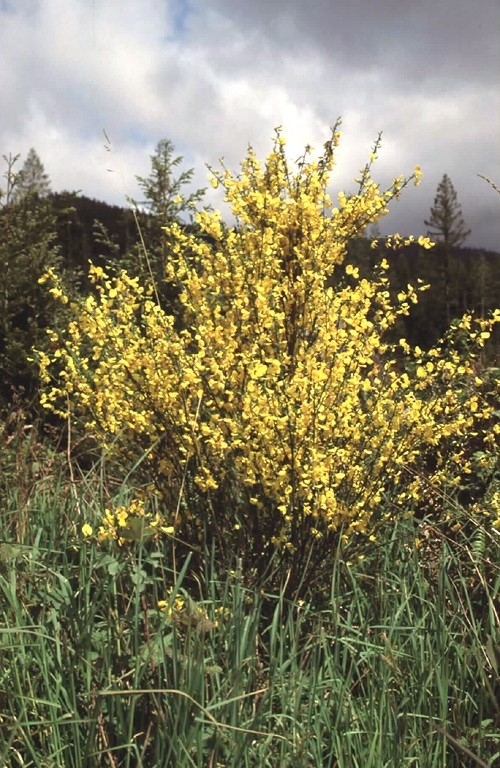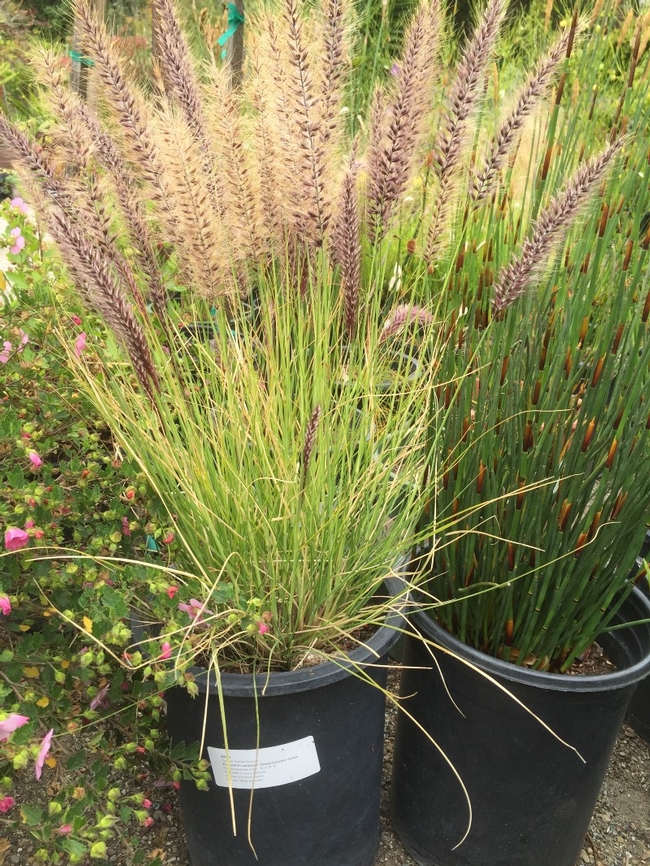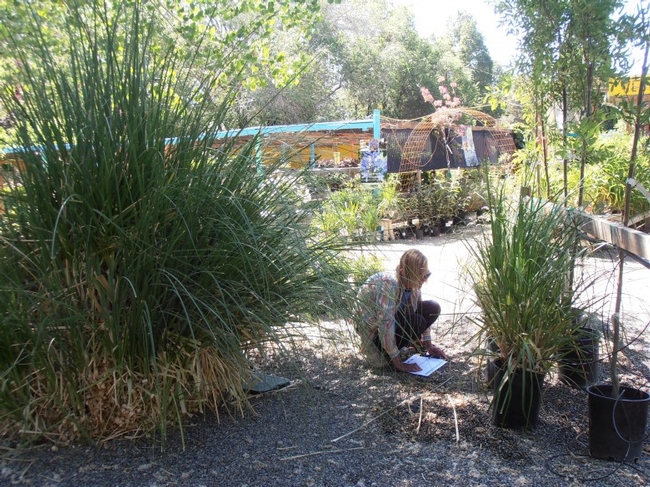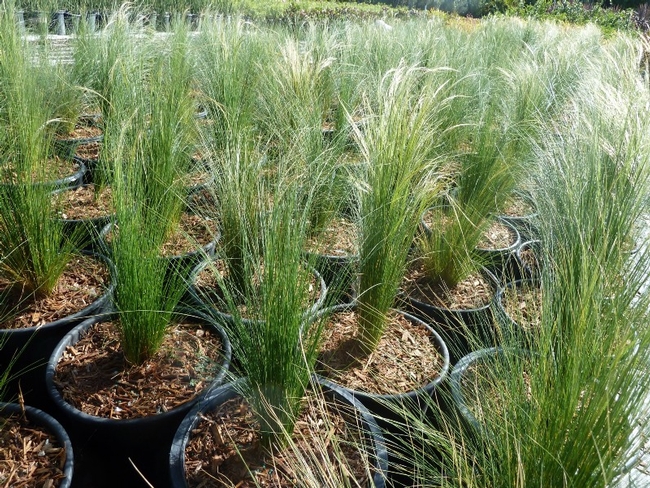It's that time of year again. Soon, over 150 UC Master Gardener volunteers will head to plant nurseries throughout the state with clipboards, cameras, and data sheets in hand. In this 8th year of the survey, they will be searching for invasive ornamental plants. But why?
The nursery survey is how PlantRight measures what is happening in California's retail nursery industry, and none of it would happen without the survey volunteers. In 2016, 175 volunteers (many of them UC Master Gardener volunteers) were trained by PlantRight to survey for invasive plants at retail locations throughout the state. If approved by your county, hours spent participating in the survey can count towards certification volunteer hour requirements. Check with your local county program coordinator.
Interested in participating?
- Learn more about the survey and results from past surveys.
- Register to receive updates about the survey and gain access to the online training.
- View either a refresher video for returning volunteersorawebinar for new volunteers that discusses invasive plants, how to conduct the survey, and includes a guest speaker each year.
- The survey starts earlier in Southern California (San Luis Obispo, Kern, San Bernardino counties and south) than it does in north of those counties.
- Southern California: Nurseries are available to claim and the survey begins on February 27th, going through May.
- Northern California: Nurseries are available to claim and the survey begins on April 3rd, going until June 20th.
- This year's webinar includes an Introduction to the Watershed Approach to Landscaping by Pamela Berstler from G3: Green Gardens Group.
- Take a short quiz to demonstrate your newfound knowledge.
- Access to survey materials and claim your survey store (or multiple stores.
- Visit the store/s and record information about any invasive plants or candidate plants being sold.
- Submit information to PlantRight
Why is the survey important?
The information volunteers gather is vital to PlantRight for three main purposes:
1. Tracking the sale of invasive plants currently on the plant list, and retiring those that have been largely phased out of retail.

To keep the list relevant, as plants from the original list are no longer sold, they are “retired.” To retire a plant, it must be found at less than 1% of nurseries surveyed for 3 years in a row. This doesn't mean that they are gone from our landscapes. Plants like Scotch broom (Cystisus scoparius) and arundo (Arundo donax) have already invaded wildlands in California, and there's still much work to be done to control their spread. Since the invasive plant list was first published in 2006, 15 plants have been retired, which is excellent progress. You can help with these retired plants by removing them if they are on your property or volunteering with groups that remove invasive plants.
Three plants were added in 2014: Mexican feathergrass (Stipa/Nassella tenuissima), yellow flag iris (Iris pseudacorus), and water hyacinth (Eichhornia crassipes).
2. Helping PlantRight determine whether or not to add candidate plants to the plant list.
In late 2012, PlantRight recruited several horticultural experts (all volunteers, from diverse sectors of industry, academia and conservation) to establish their Plant List Committee. These individuals engage in the complex, involved, and time-intensive process of working with PlantRight to decide which surveyed plants to add to the invasive plant list and which non-invasive alternatives to suggest. Each fall, PlantRight solicits input from the Plant List Committee and an extended network of experts to see what plants might be hopping the garden fence and escaping into wildlands.
To appear on PlantRight's invasive list, a plant must meet the following criteria:
- When evaluated by PlantRight's Plant Risk Evaluator (PRE), it rates as being “high risk” or is on the Cal-IPC Inventory
- It is found in 3% or more retailers surveyed in the annual Spring Nursery Survey
- Its invasive range is large enough to warrant action, and its inclusion is supported by both the Plant List Committee and Steering Committee
There's one more way PlantRight uses the survey information – helping use their energy and time strategically.
3. Informing industry outreach strategy with information about sales in different regions and store types.

Get an exclusive look at the results of this year's survey (before they go online) by attending the 2017 UC Master Gardener Conference in Long Beach on August 22-25, where PlantRight will be giving a presentation and celebrating the participation of UC Master Gardener volunteers in this effort.
Can't participate in the survey?
You can still help by sharing what you've just read, sharing the Plant List or Mexican feathergrass species spotlight, shopping at PlantRight retail partner locations, and educating your friends and neighbors. You can also participate in their Continuing Education program if you would like to expand your knowledge about invasive garden plants in California. You are welcome to still watch the webinar if you can't participate in the survey. A recording of each webinar will be shared on the PlantRight YouTube channel immediately after it concludes.
Learn more about PlantRight at www.PlantRight.org. Stay up on the latest from PlantRight on Facebook and Twitter, and Instagram. Have a question? Contact us at PlantRight@suscon.org.
Note: this blog post is an updated and abridged version of Where invasive plants are sold in California – and how we know, which was shared by PlantRight in October 2016 and summarized the results of the 2016 survey and plant list update process.

